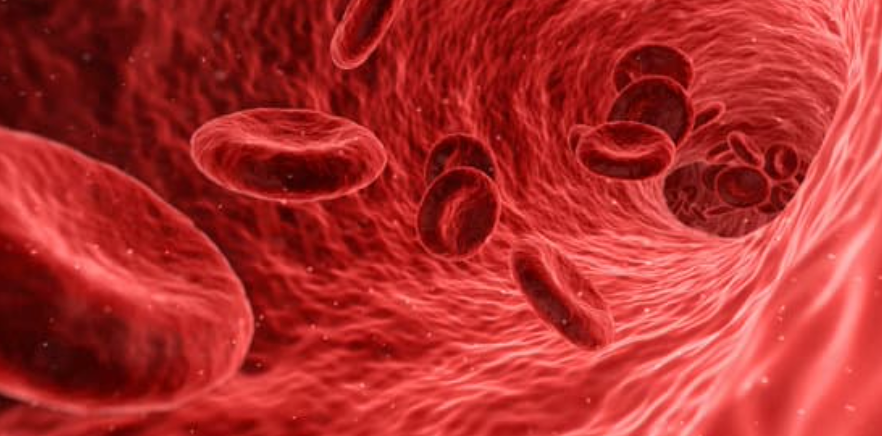Age Did Not Negatively Impact Response From CAR T-Cell Therapy in R/R LBCL
Median PFS and OS were comparable between age groups when CAR T-cell therapy was given as treatment for patients with relapsed/refractory LBCL.
Median PFS and OS were comparable between age groups when CAR T-cell therapy was given as treatment for patients with relapsed/refractory LBCL.

Efficacy was estimable between patients who were younger than 70 years old, 70 years or older, or 80 years or older when given chimeric antigen receptor (CAR) T-cell therapy for relapsed/refractory large B-cell lymphoma, according to a comparative study presented at the 2025 Tandem Meetings.
For patients younger than 70, the median follow-up was 29.3 months vs 20.3 months for patients 70 years or older; the CAR T response at day 180 showed a complete response (CR) of 30.6% vs 45.2% (P = .01); and the 3-year progression-free survival (PFS) rates were 32.1% vs 31.5% (P = .03). The median PFS was 5.6 months in those younger than 70 years old vs 13.3 months for those 70 years or older (P = .08), the median overall survival was 26.1 months vs 22.4 months (P = .5), and the 3-year OS rates were 44.6% vs 39.8% (P = .86).
For patients 80 years or older, the median follow-up was 11.4 months, CAR T response at day 180 showed a CR of 53.8%, the relapse/progression post-CAR T rate was 46.2%, and the 3-year PFS rate was 18.8%. The median PFS from CAR T infusion was 11.1 months, and the median OS was 12.8 months. The 3-year OS was 29.6%. The non-relapse mortality rate was 60%.
“With consideration for potential toxicities, CAR T should be prioritized as a curative treatment modality in older patients given that it is efficacious, can provide durable response, and is well-tolerated,” Timothy Oh, MD, a second-year fellow at Northwestern Medicine Feinberg School of Medicine, said during the presentation.
Patients Younger Than 70 Years Old or 70 Years or Older
A total of 808 patients were identified across 14 institutions for the comparative analysis of patients younger than 70 or 70 years and older. A descriptive analysis was conducted for patients 80 years or older.
Overall, 611 patients were younger than 70 years old and 197 were 70 years or older, with the median age at CAR T in each group being 58 years or 74 years (P <.01). Prior autologous hematopoietic stem cell transplant occurred in 22.6% vs 14.4% of patients in each age group, respectively (P = .03), and bridging therapy was given in 48.4% vs 45.9% (P = .78). CAR T-cell therapy given was as axicabtagene ciloleucel (axi-cel; Yescarta) in 65.8% vs 46.7%, tisangenlecleucel (tisa-cel; Kymriah) in 20.8% vs 20.8%, and lisocabtagene maraleucel (liso-cel; Breyanzi) in 12.9% vs 32.5%.
Grade 3 or higher cytokine release syndrome (CRS) was prevalent in 8.5% of patients younger than 70 and 3.6% 70 years or older (P = .19), while grade 3 or higher immune effector cell-associated neurotoxicity syndrome (ICANS) was observed in 13.1% vs 14.2% (P = .86).
Relapse/progression in post CAR T-cell therapy occurred in 55.1% of patients younger than 70 years old and 42.1% for those older than 70 years (P <.01); time to relapse post CAR T was a median of 87 days vs 107 days (P = .02); CD19-negative at relapse occurred in 4.6% vs 3.6% (P = .22), and salvage treatment post-CAR T occurred in 42.3% vs 29.4% (P <.01).
Mortality in patients 70 years or older was most commonly from progression of disease (24.9%), infection (11.7%), hemorrhage (2.0%), or CAR T toxicity (1.0%). Additionally, other causes (5.6%) or unknown causes (5.1%) also led to mortality.
Patients 80 Years or Older
For patients 80 years or older, 26.9% of patients were female, 65.4% had an ECOG performance status of 0 or 1, the median lines or prior therapy were 2, and 57.7% had bridging therapy. CAR T-cell therapy given included axi-cel in 30.8%, tisa-cel in 30.8%, and liso-cel in 38.4%. CRS of grade 1 or 2 occurred in 100% of patients, and 0% experienced grade 3/4.
Reference
Oh TS, Herr MM, Grover NG, et al. A comparison of survival in younger vs older patients treated with CD19-directed chimeric antigen receptor T-cell therapy (CART) for aggressive B-cell lymphoma. Presented at the 2025 Tandem Meeting; February 12-15, 2025; Honolulu, HI. Presentation ID 59.
Newsletter
Stay up to date on recent advances in the multidisciplinary approach to cancer.
Highlighting Insights From the Marginal Zone Lymphoma Workshop
Clinicians outline the significance of the MZL Workshop, where a gathering of international experts in the field discussed updates in the disease state.